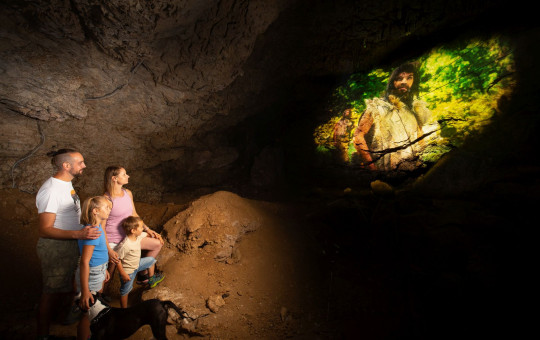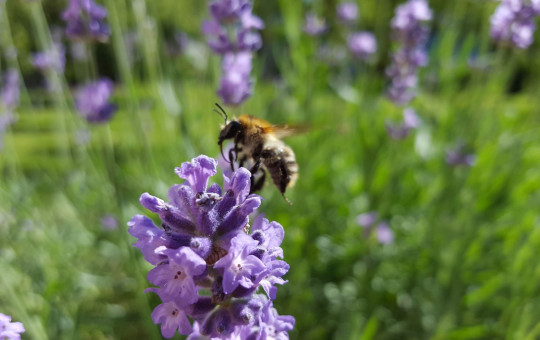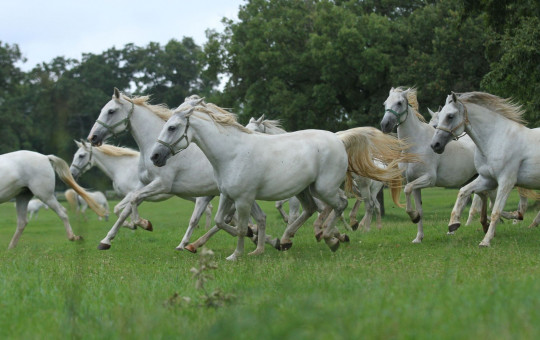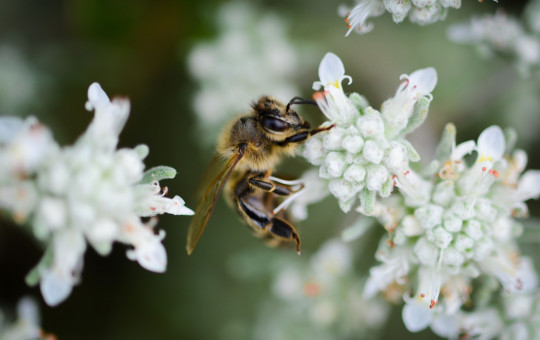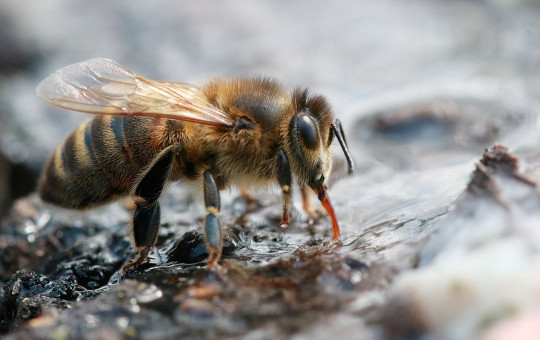Date: 2. February 2020
Time to read: 5 min
The Karst is the homeland of the Karst Shepherd, a breed of dog which over the centuries the sharp bora wind has only toughened and not weakened, and which together with the herders and Karst sheep has eked out a living, while being able to maintain its noble character. Without love, mutual respect and understanding, both human and dog would lose a lot.
Wonderful breed of Karst Shepherd - exclusively Slovenian
The biggest predator in Europe, the brown bear, often likes to wander into grazing land, where it can treat itself to a quickly accessible meat dinner, albeit one that is not always easy. This is especially so when the flock is being guarded by a pair of Karst Shepherds, which are fast enough to evade the bear’s deadly jaws and paws. One single blow or bite would be the end of the dog. But the two dogs can bite the bear alternately, one from in front, the other from behind, and then jump away in a flash. After a few minutes the bear has had enough and will choose to leave.
The Cinological Association of Slovenia is aware of the importance of preserving and developing the Karst Shepherd.
The Association’s leaders took some important steps in securing recognition for the breed in Slovenia and internationally through their collaboration with the painter and photographer Blaž Vehovar, author of the latest monograph entitled "Kraški ovčarji – sinovi burje" ("Karst Shepherds – Sons of the bora"), published by Založba Hart. With an awareness of the importance of preserving the foundations of healthy development of the breed, they added to the collaboration by setting up a joint semen bank. Moreover the Cinological Association has established a fund for financing preventive health checks for purebred males and females of this wonderful breed of Karst Shepherd, which is exclusively Slovenian.
Strict hierarchy rules
No matter which part of the world they inhabit, sheepdogs are similar in their behaviour and responses in performing their tasks of protecting livestock. The principles of sheepdog behaviour are also based on the rules of the flock with which they live. Where a flock is guarded by several dogs, they are ranked within the flock and work under strict hierarchical rules. Any breach of the rules is severely punished by the lead alpha male.
Each dog rules over a particular area being grazed by the flock or determined by the shepherd. The dogs in the group have precisely determined places and tasks.
Young dogs cannot ensure their status through force or power, so their life within the group begins at the bottom of the hierarchy. Their advancement depends on their individual qualities, such as stability, power, aggressiveness and more. Few dogs would dare in their adult period to challenge the alpha male. If that happens, a fierce battle for dominance flares up. If the challenger is strong and skilful enough to defeat the alpha male, the other members of the group greet it as the new leader and offer unconditional subservience. But the old alpha loses everything, not just the battle. Loss of the throne sends it crashing to the bottom of the group. Shepherds usually return a defeated male back to the village, where it can serve as an excellent guard dog for the home.
Sheepdogs were doing their work even among the Egyptians, Persians, Indians, Greeks, Romans and other peoples
Although the Balkans region is a true historical treasure trove of sheepdogs, their origins extend back to Central Asia, to the Tibetan dog. Dogs similar to them live today between East Asia and Western Europe, where they were brought by nomadic tribes to ensure protection for their livestock from predators and thieves.
With the aid of humans, dogs developed adaptive mechanisms for confronting extreme circumstances such as heat, wind, cold and so forth.
All livestock herders took dogs with them from the earliest times, and nowhere were they more in need than for sheep and goats, since all the other livestock out grazing could defend themselves from predators, while sheep and goats were defenceless. So a good dog is even more necessary for a shepherd than for a crop farmer or vineyard keeper, since it can keep away other harmful animals. Someone needs to be there in support of the flock, and a dog does this better than a human could.
Unparalleled in beauty and character
Although the bustle of cities has become something ordinary for it, we should not forget that each one of our Karst Shepherds carries within it the genetic code of its ancestors, who helped shepherds defend and protect the sheep. The gene pool is therefore limited to the original environment, and it must be carefully preserved, since this is a dog unparalleled in beauty and character. To be a successful protector of livestock, a task entrusted to them by humans, sheepdogs must be large and fearless, adapted to the circumstances in which they do their work, and practiced in regular contact with the shepherd.
The largest numbers of Karst Shepherds live in Slovenia, with just a handful beyond the borders.
These dogs know that for them there exists just one flock, one leader and one objective – protect the flock, regardless of the strength of the attacker. They are prepared to spill their own blood for their family and even to give their life. We are happy to note that flocks of sheep and Karst Shepherds are gradually returning to the Karst, so we may only hope that there will never be a repeat of the time when someone wrote: There are no more sheep, no more shepherds, only the wind wanders over the empty fields and plateaus; here there is no longer the dog that called the Karst home!
The Karst is its homeland
The earliest written sources mentioning Karst Shepherds as sheepdogs date back to 1558, when the administrator of the Lipica Stud Farm, Franc Jurko, wrote that they had provided for the safety of the thoroughbred horses by purchasing the powerful and fierce dogs from the Karst. A slightly rebellious spirit and a never quite tamed nature proved themselves to be virtues in Karst Shepherds, since they often had to demonstrate their strength, courage and resourcefulness in protecting small herd animals from predators.
This dog represents a millennia-old natural heritage, and without it our land would be poorer and robbed of animals which in several centuries of living alongside us have adapted to people, the environmental conditions and the way of life.
It is in no way a servile dog, it is an intelligent and outstanding guard, meaning that it is uniquely observant. As a fine sheepdog it has exceptionally well developed senses of smell and hearing. It is infinitely loyal to its master, and wishes always to be by their side, as it was once by the shepherd, with whom it shared a bed, food, work and all the good and bad things of life. The Karst Shepherd has long since come from the grazing lands and into towns and villages, where it has become a family member, a courtyard guard dog, a faithful and irreplaceable partner and incorruptible protector.


